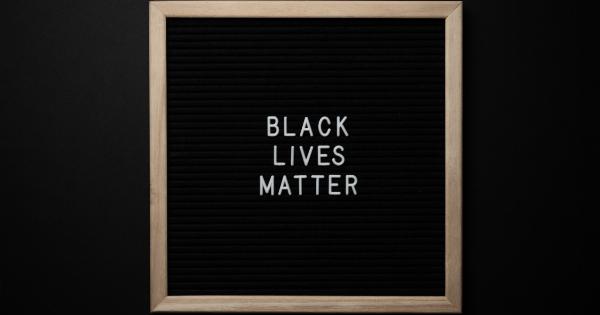Low red is a term that is not widely known. It refers to a specific mood, feeling, or state of mind that is marked by a lack of energy, motivation, and focus.
The term is often used to describe a feeling of sadness, depression, or malaise that is not severe enough to be considered a clinical condition. In recent years, the term has gained traction among psychologists, therapists, and mental health professionals who are interested in understanding the origins and manifestations of this state of mind.
The Origins of Low Red
The origins of low red are complex and multifaceted. Many different factors can contribute to the development of this state of mind, including genetic predisposition, environmental stressors, and life experiences.
One of the primary factors that contribute to low red is chronic stress. When we experience stress on a regular basis, our bodies produce cortisol, a hormone that can have many negative effects on our physical and mental health. Over time, chronic stress can lead to feelings of exhaustion, burnout, and low red.
Another factor that can contribute to low red is a lack of meaning or purpose in our lives.
When we feel like we are just going through the motions and not making any significant progress toward our goals, we can start to feel unmotivated and disengaged. This lack of purpose can be especially pronounced in individuals who have experienced significant losses or disappointments in their lives.
When we lose someone or something that is important to us, we may struggle to find meaning or purpose in our lives and may experience low red as a result.
Manifestations of Low Red
Low red can manifest in many different ways, depending on the individual and the circumstances. Some common symptoms of low red include:.
- Feeling tired or fatigued, even after getting a full night’s sleep
- Lack of motivation or enthusiasm for activities that were once enjoyable
- Difficulty concentrating or focusing on tasks
- Feelings of sadness, hopelessness, or helplessness
- Changes in appetite or sleep patterns
- Increased irritability or agitation
It is important to note that these symptoms can also be indicative of clinical depression or another mental health condition. If you are experiencing any of these symptoms, it is important to seek professional help from a mental health provider.
Treatment for Low Red
The treatment for low red will depend on the underlying causes and individual circumstances. In some cases, lifestyle changes such as getting regular exercise, improving sleep habits, and reducing stress can be effective in alleviating low red symptoms.
Other individuals may benefit from therapy or counseling, which can help identify and address underlying emotional and cognitive factors that contribute to low red. In some cases, medications may also be prescribed to help manage symptoms.
Conclusion
Low red is a state of mind that can be caused by a variety of factors. It is marked by a lack of energy, motivation, and focus, and can be accompanied by feelings of sadness, hopelessness, and fatigue.
While low red is not a clinical condition, it can have a significant impact on an individual’s quality of life. Treatment may involve lifestyle changes, therapy, or medication, depending on the individual’s circumstances.































